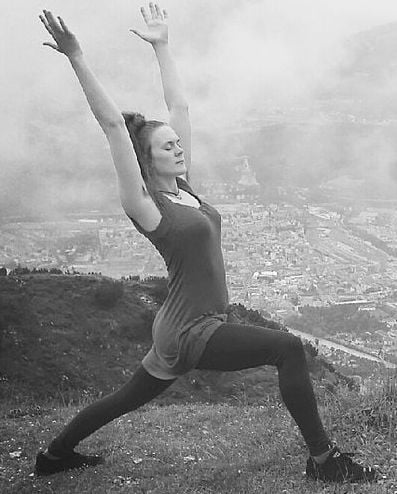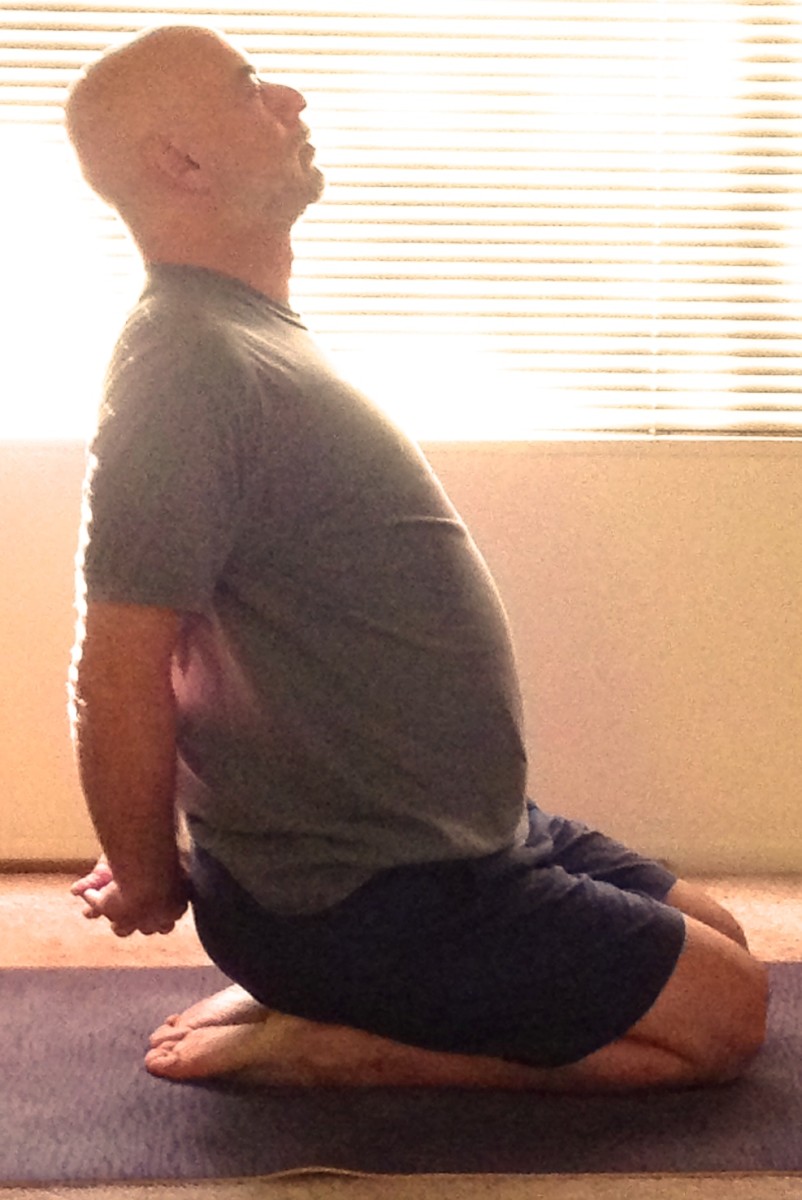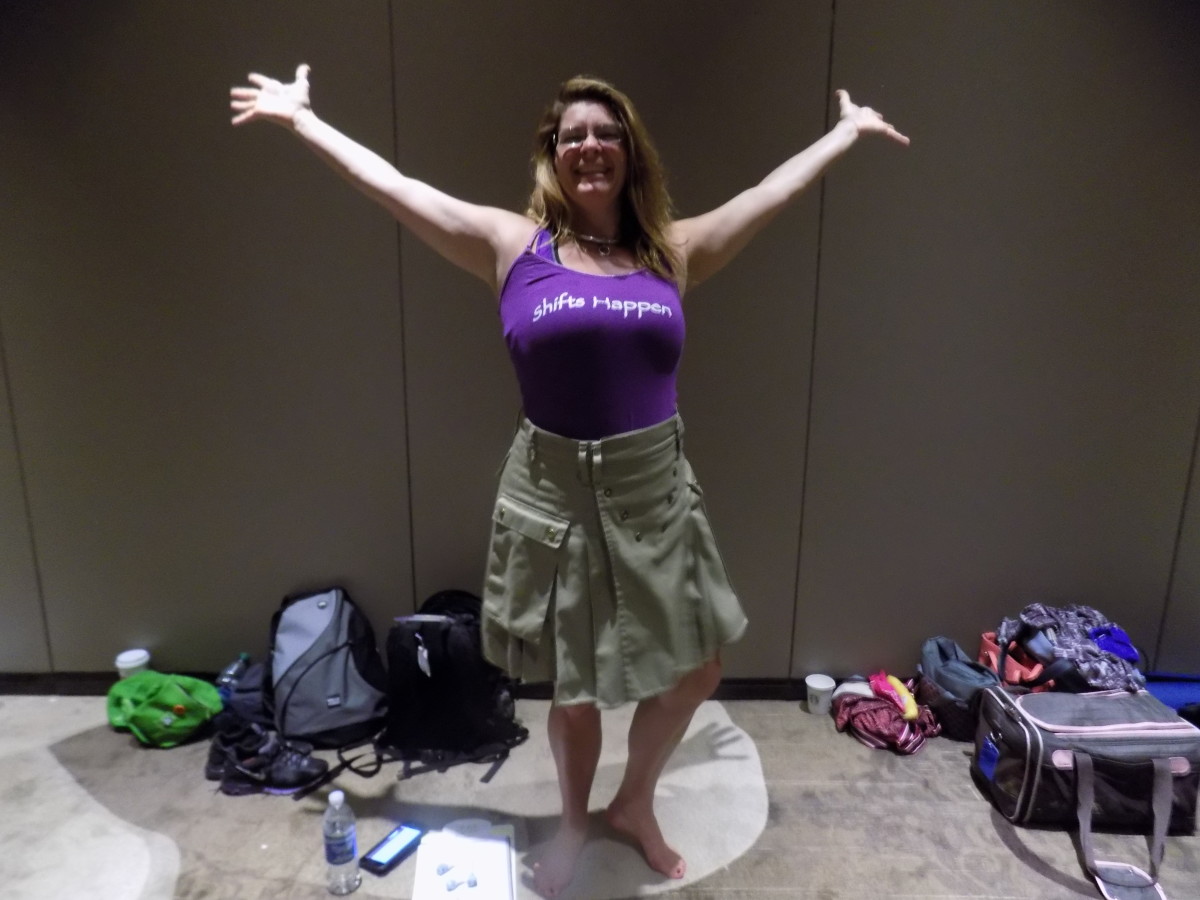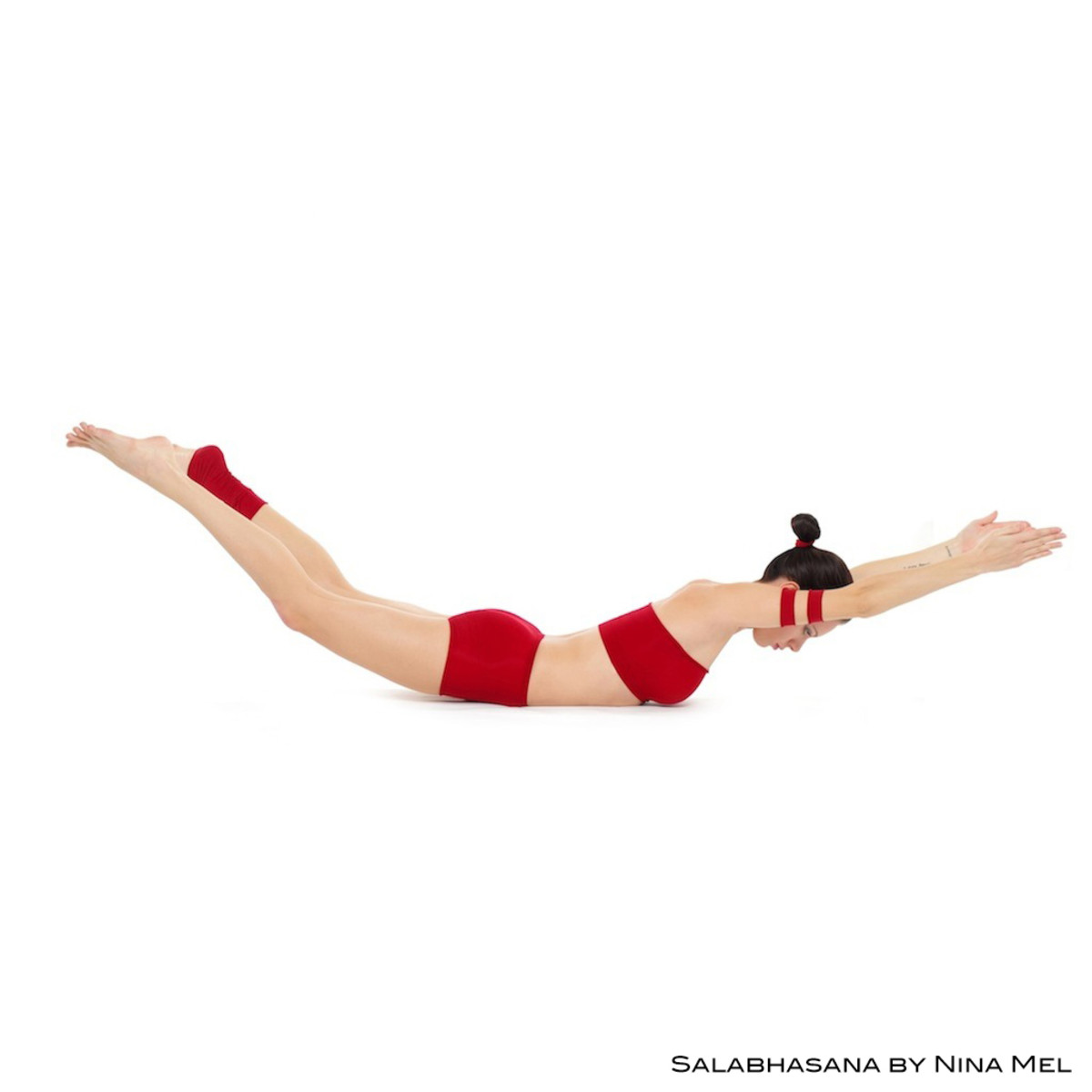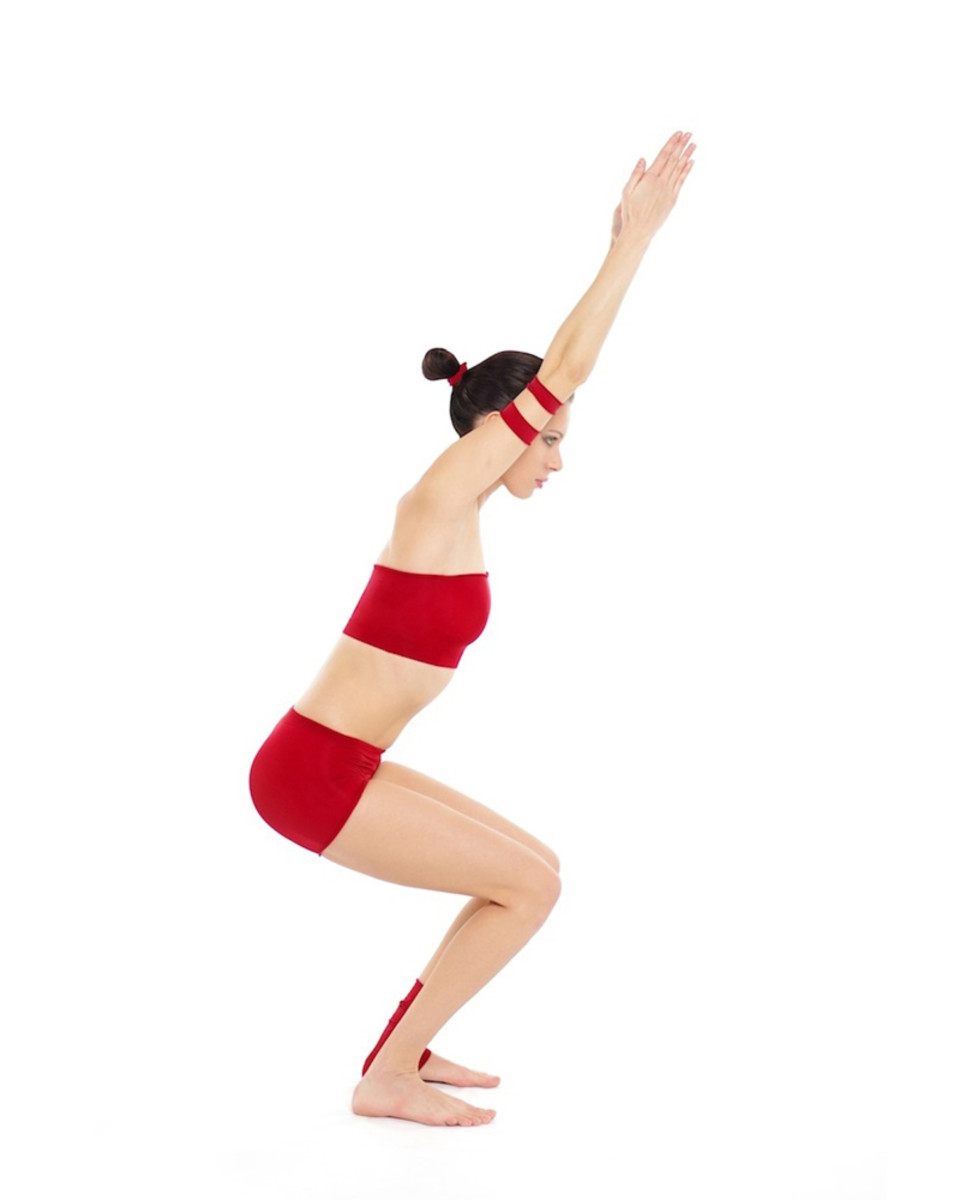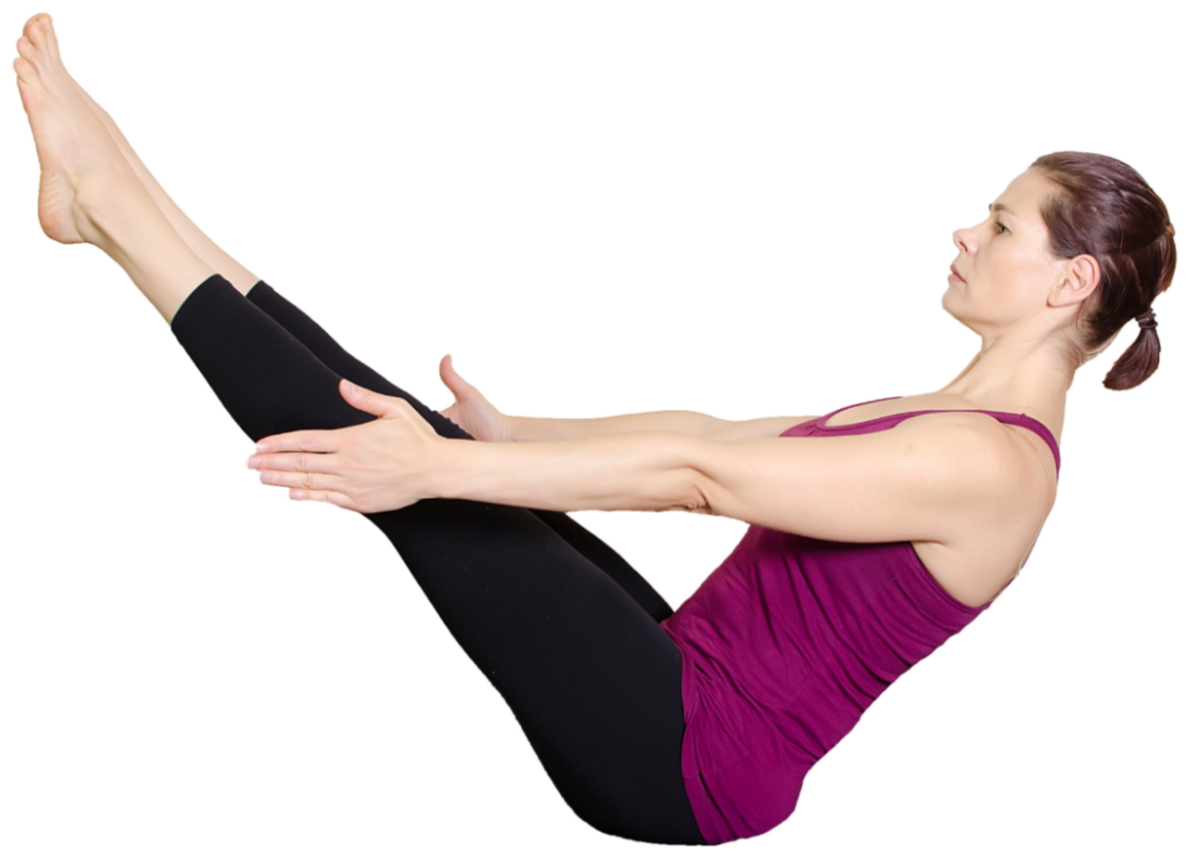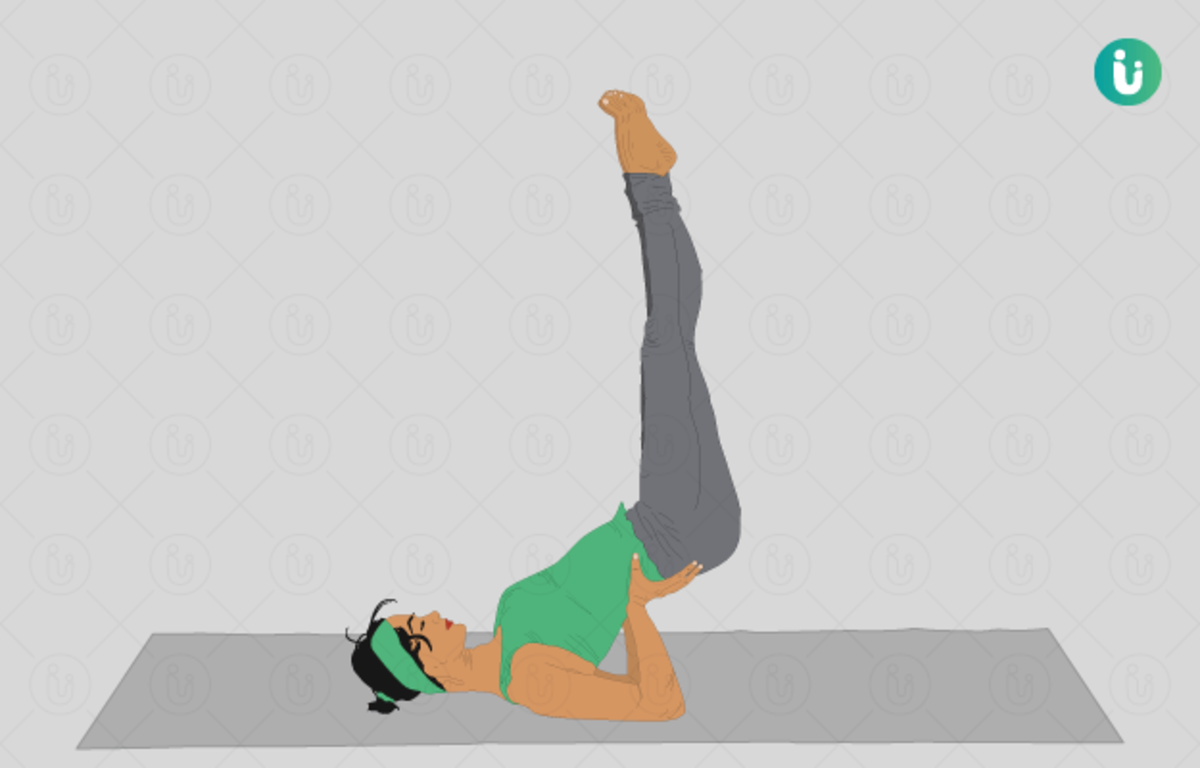Warrior I Yoga Pose, Virabhadrasana I


Standing poses are a major part of any yoga practice routine. These dynamic poses energize, stretch, and strengthen your body as well as increase your focus and concentration. This posture is named after a character called Virabhadra from a Sanskrit play. There are three variations of this pose:
- Virabhadrasana I or Warrior I
- Virabhadrasana II or Warrior II
- Virabhadrasana III or Warrior III
Each of these poses increases in intensity and are suitable for beginners to advanced students progressively.
Benefits of Virabhadrasana-I or Warrior-I Yoga Pose
There are many benefits to including the Warrior I Yoga pose into your yoga asana practice. They are:
- improves balance
- increases ability to concentrate
- increases will power
- strengthens the legs, back, shoulders and arms
- develops strength, stability, and stamina in the entire body
- increases flexibility in the front groins, hips, back, and shoulders.
- expands the chest makes the breathing deeper
- increases energy in the body
- relieves stiffness in the shoulders and strengthens the legs
- the thyroid and the parathyroid glands are massaged
Warrior-I is the beginning of backbending poses. It is an intense pose though it does not seem obvious. Use your steady breath as fuel to assist you while doing this pose.
Warrior I or Virabhadrasana by John Schumacher
Warrior II or Virabhadrasana II
Warrior III Pose or Virabhadrasana III
How to do the Warrior I Yoga Pose or Virabhadrasana I
You can enter into the Warrior-I Pose from the Downward dog pose or adho mukha svanasana as part of a sequence or from the Mountain pose or Tadasana.
- stand in Mountain Pose or Tadasana
- Inhale as you sweep your arms to the sides and step your left foot to the left up to 4.0-4.5feet apart
- exhale as you turn your feet and body to the right. Turn the left foot inward to the 45 degree angle, the right foot outward to 90 degrees.
- Swivel your hips and chest to the right until you face the right foot
- inhale and raise your arms from your sides, try to bring your palms together. If that is not possible then continue to reach upwards keeping them apart
- take several breaths in this position
- exhale as you bend your right knee keeping your knee directly over your ankle at 90 degrees. Keep the left leg straight and quadriceps tight.
- stretch upwards, engage your abdominal muscles 30 to 35 percent. Feel your breastbone lift away from your navel.
- Take the head back and look up at the thumbs
- This is the final position. Breathe normally and stay for 15-20 seconds, observing the following points:
- keep the left leg firm and straight while bending the right leg;
- stretch the arms up, keeping the muscles of the chest lifted up. Do not drop this lift;
- keep the palms, the head and the anus in line with each other;
- both the pelvic bones should be parallel to each other, facing forwards and should not tilt to the side;
- tighten the hips
- Inhale and come to position with the head back and looking up at the thumbs
- to come out of the pose, inhale and straighten your right leg, bringing your head to normal alignment and turning your feet to the front. As you exhale, sweep your hands into namaste and step back to centre
- repeat the posture on the left side. Step to the right this time, turn your feet to the left, then proceed through the pose
When you are finished, step back to centre, lower your arms, and stand quietly with your eyes closed. Be relaxed. Be aware. Practice standing motionless with no holding anywhere back in the Mountain Pose or Tadasana.
Warrior-I or Virabhadrasana-I yoga pose and its other two variations are three of the yoga standing poses for strengthening the legs and spine. There are many other standing poses that are beneficial for the spine, hips and legs.
10 minute Post WorkOut Yoga Stretch
Resources for Further Practice
- How to Improve Flexibility of Tight Hamstrings with ...
Did you know that tight hamstrings can cause many injuries, poor posture, inhibit movement, and back pain? Learn how to loosen your hamstrings with yoga and improve performance in sports and daily life. - How to Perform the Yoga Mountain Pose
Have you noticed that you use one side of the body more than the other? The Mountain Pose in Yoga will help in correcting the alignment and help relieve many ailments when performed with other standing poses. - Yoga Standing Poses
Standing yoga poses can help improve posture, concentration and balance. They stretch, tone and strengthen the muscles all over the body through forward bends, side bends, back bends, and lunges.

